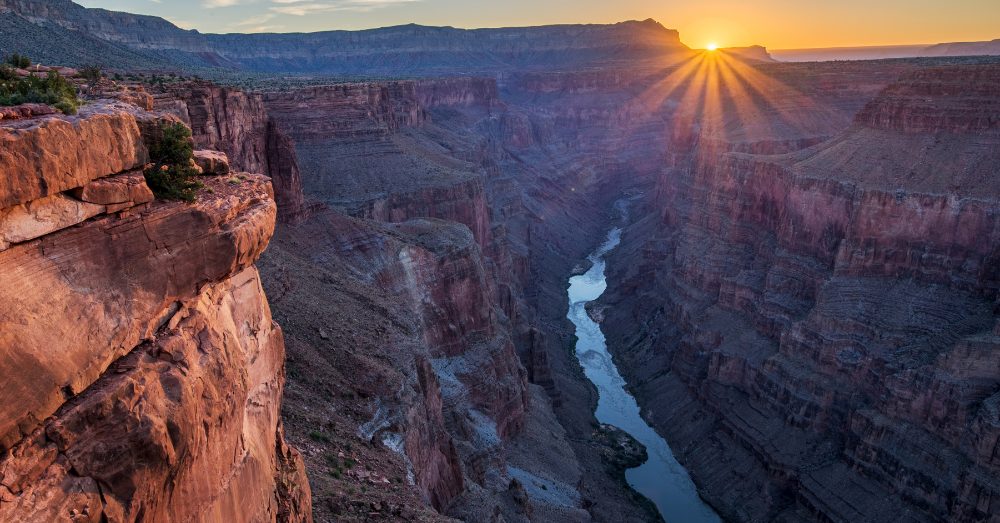Two Canyons, One Big Question: How Does Palo Duro Compare to the Grand Canyon?
The Grand Canyon may steal most of the spotlight, but it’s not the only awe-inspiring canyon in the U.S. Out in the Texas Panhandle, just a short drive from Amarillo, TX, Palo Duro Canyon holds its ground as the second-largest canyon in the country. While it may not match Arizona’s famed landmark in sheer size, it has its own kind of charm that draws travelers looking for fewer crowds and more intimacy with the land.
So, how do these two natural wonders really compare? It depends on what you’re looking for.
Size Matters, But It’s Not Everything
Let’s get the stats out of the way. The Grand Canyon stretches 277 miles in length and plunges over a mile deep in places. It’s a geological colossus, something you feel in your chest when you’re standing at the rim, peering into its massive folds and layers of time.
Palo Duro Canyon, by contrast, measures roughly 120 miles long and reaches depths of about 800 feet. Located just 30 minutes outside Amarillo, TX, it doesn’t aim to rival the Grand Canyon in scale, but it’s still enormous in its own right. The breadth of color, towering rock formations, and dramatic cliffs offer plenty of visual drama, especially at sunrise or sunset when the canyon walls glow red and orange.
A Canyon You Can Actually Touch
One major difference between the two? Accessibility.
At the Grand Canyon, much of your visit might involve gazing from above. Yes, there are hiking trails and mule rides into the depths, but for most people, the experience happens from the rim. The views are undeniably breathtaking, but they can also feel a bit distant.
Palo Duro flips that dynamic. Once you drive into the canyon, you’re on the canyon floor, surrounded by sheer cliffs and winding trails. It’s a hands-on experience. You can hike to the Lighthouse Rock formation, mountain bike through the red dirt paths, or catch a live outdoor performance of Texas, the long-running musical, in a natural amphitheater each summer.
For travelers who prefer to explore rather than observe, Palo Duro often feels more approachable and less crowded.
History Beneath the Dust
Both canyons hold deep historical significance. The Grand Canyon has long been sacred to Indigenous tribes, and today it’s a UNESCO World Heritage Site and national park that draws millions of visitors annually.
Palo Duro carries its own weight. It was once home to the Apache, Comanche, and Kiowa tribes and later became the site of the 1874 Red River War between the U.S. military and Native groups. The canyon’s rugged terrain helped protect its inhabitants for generations, and today it tells a different story about the American West.
Different Vibes, Same Sense of Wonder
The Grand Canyon impresses with its vastness and reputation. It’s a bucket-list destination, and for good reason. Palo Duro, however, offers a different kind of magic. From glamping sites and horseback rides to quiet hikes under an open Texas sky, it’s a canyon that feels personal.
If you’re heading through Amarillo, TX, don’t pass up the chance to explore Palo Duro. It may not match the Grand Canyon in size, but it holds its own.


